The world of paleontology has captivated human imagination for centuries, inspiring countless fictional characters in movies, television shows, and books. These characters often embody the excitement of discovery, the patience of scientific inquiry, and the thrill of uncovering Earth’s ancient past. While sometimes exaggerated for dramatic effect, many of these fictional paleontologists draw inspiration from real-life scientists who dedicated their lives to understanding prehistoric life. This article explores twelve prominent paleontologists from popular culture and examines the real scientists who likely influenced their creation, highlighting both the fictional depictions and the genuine contributions of actual paleontological pioneers.
Dr. Alan Grant from “Jurassic Park”
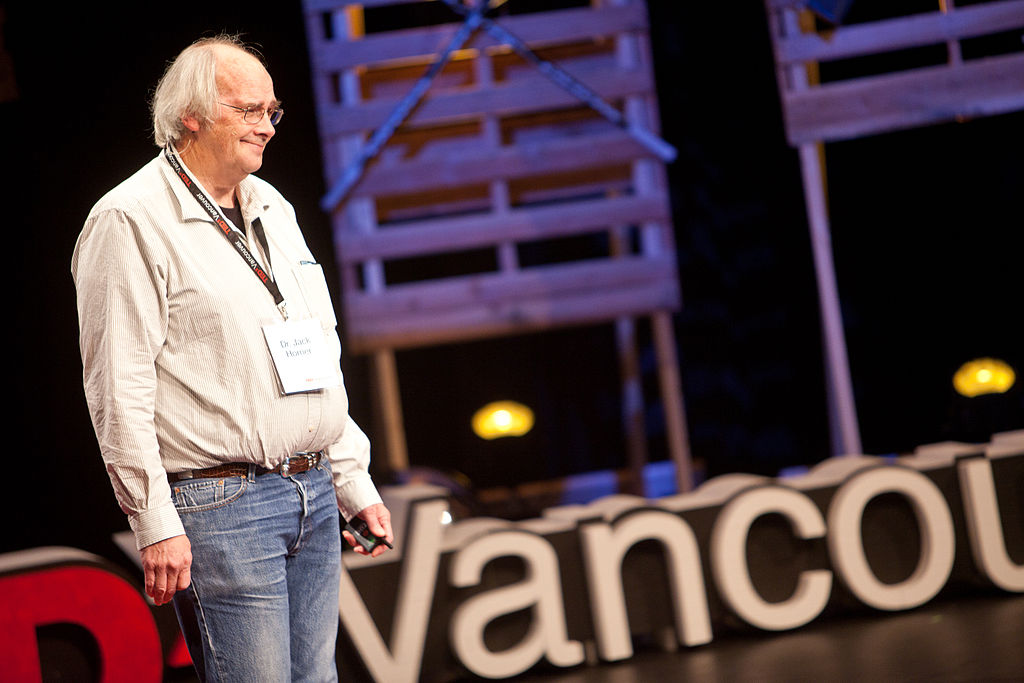
Perhaps the most recognizable fictional paleontologist, Dr. Alan Grant from Michael Crichton’s “Jurassic Park” novels and the subsequent film franchise, embodies the rugged field paleontologist with an extensive knowledge of dinosaur behavior. Portrayed by Sam Neill in the films, Grant’s character draws significant inspiration from Dr. Jack Horner, a renowned paleontologist who served as a technical advisor for the films. Horner is famous for discovering the first dinosaur eggs in the Western Hemisphere and identifying Maiasaura as a nurturing parent dinosaur. His groundbreaking research on dinosaur social behavior and parental care directly influenced Grant’s theories about raptor intelligence and communication in the franchise. Additionally, Horner’s preference for fieldwork over technology mirrors Grant’s initial skepticism toward computers and genetic engineering.
Dr. Ellie Sattler from “Jurassic Park”
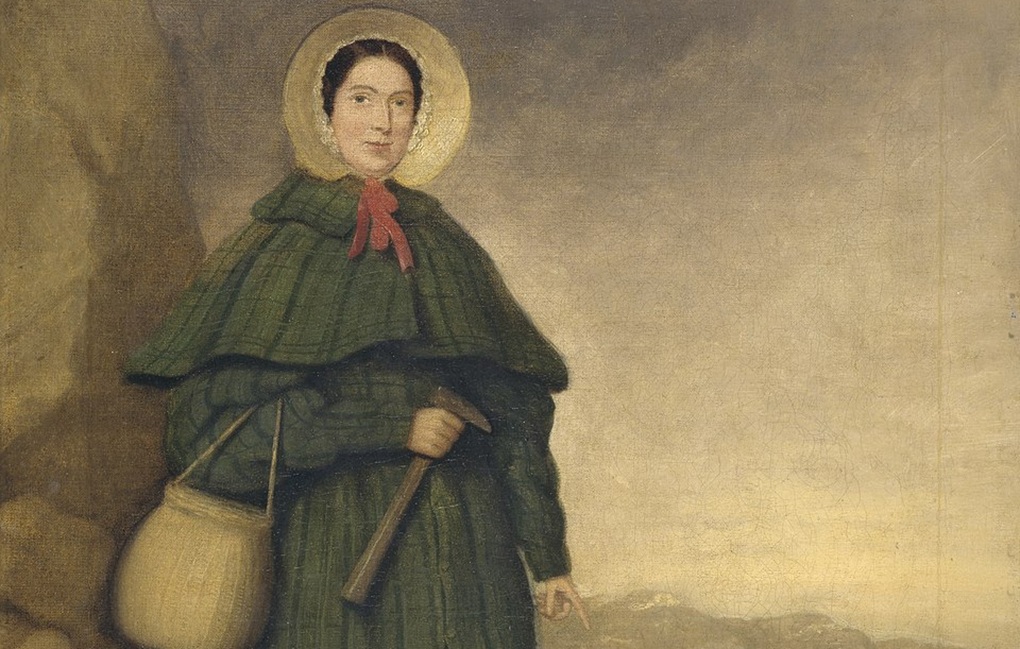
Dr. Ellie Sattler, portrayed by Laura Dern in the “Jurassic Park” films, represents one of popular culture’s most prominent female paleobotanists. Her character appears to draw inspiration from several pioneering women in paleontology, particularly Mary Anning and Dr. Tilly Edinger. Mary Anning, despite living in the 19th century when women were largely excluded from scientific communities, made groundbreaking fossil discoveries along the English coastline, including the first complete Ichthyosaur skeleton. Tilly Edinger, meanwhile, founded the field of paleoneurology and persevered through both gender discrimination and fleeing Nazi Germany to continue her scientific work. Sattler’s determined personality, scientific expertise, and willingness to confront both dinosaurs and sexism (as seen in her exchanges with John Hammond) reflect the real challenges faced by women in paleontological fields throughout history.
Dr. Ross Geller from “Friends”
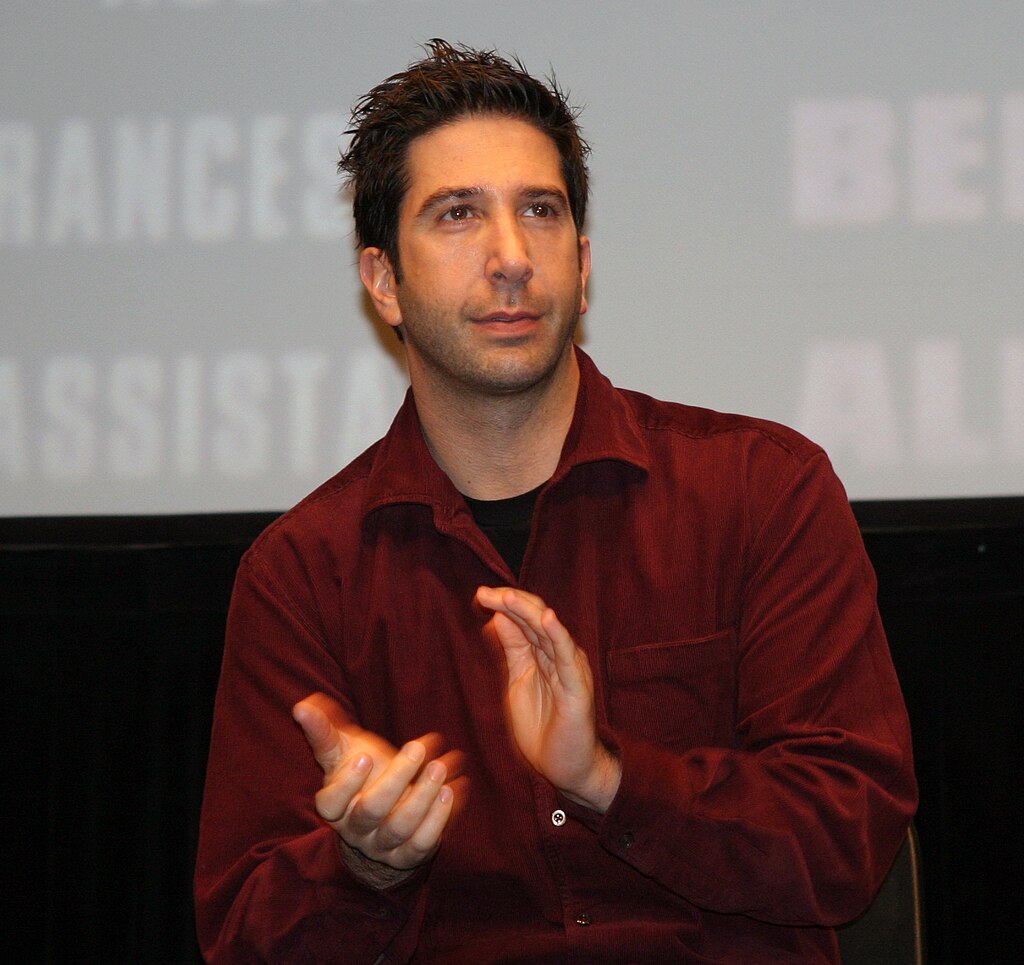
The paleontologist character Dr. Ross Geller from the sitcom “Friends,” played by David Schwimmer, became perhaps the most mainstream representation of the profession on television. While often played for laughs as the “boring” scientist among his friends, Ross’s passionate defenses of his field (“They’re not JUST rocks!”) and his position at the Museum of Natural History reflect aspects of real museum paleontologists. His character appears partially inspired by scientists like Dr. Stephen Jay Gould, who successfully brought paleontology into public discourse through accessible writing and media appearances. Like Gould, Ross frequently attempts to share his scientific knowledge with a sometimes uninterested public (his friends). The character also captures the reality of museum-based paleontologists who divide their time between research, curation, and public education rather than constantly digging in exotic locations—though Ross does participate in occasional digs, including his sabbatical in China.
Dr. Temperance “Bones” Brennan from “Bones”

While Dr. Temperance Brennan from the TV series “Bones” is primarily a forensic anthropologist, she frequently applies paleontological techniques in her work and has a background that includes paleontological training. Her character, portrayed by Emily Deschanel, was inspired by real-life forensic anthropologist and novelist Kathy Reichs, who wrote the book series on which the show was based. Reichs herself has utilized paleontological methods in her forensic work, demonstrating the overlap between studying ancient remains and modern forensic cases. Brennan’s meticulous attention to detail, social awkwardness, and absolute commitment to scientific evidence over intuition reflect traits seen in many dedicated scientists, including paleontologists like Dr. Mary Leakey, whose methodical excavation techniques revolutionized paleoanthropology. Brennan’s character illuminates how the skills of identifying and analyzing skeletal remains cross between studying dinosaurs and solving modern crimes.
Dr. Zack Addy from “Bones”

Dr. Zack Addy, portrayed by Eric Millegan in the TV series “Bones,” represents the brilliant but socially challenged scientist with multiple doctorates, including one in forensic anthropology with a specialty in paleontology. His character appears inspired by real-life scientists who demonstrate exceptional analytical abilities alongside social difficulties, such as Dr. Stephen Wroe, a paleontologist known for his revolutionary computer modeling of extinct predators. Addy’s character particularly reflects the increasing use of advanced technology and computer modeling in modern paleontology. His pure dedication to logic and scientific method, sometimes at the expense of understanding human emotions, represents an exaggerated version of the intense focus many paleontologists must maintain when reconstructing ancient life from fragmentary evidence. Though Addy’s character arc takes a controversial turn, his early portrayal highlights the meticulous attention to detail essential in paleontological work.
Dr. Malcolm Lockley from “Raptor Red”
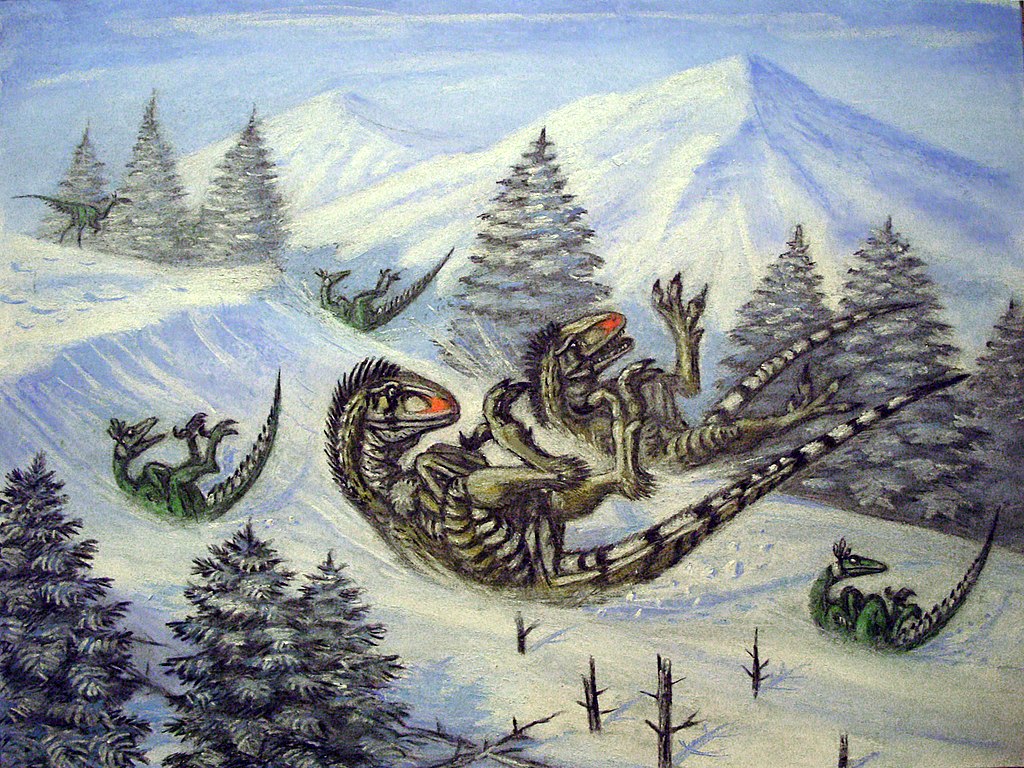
In the novel “Raptor Red” by paleontologist Robert T. Bakker, the human character Dr. Malcolm Lockley is a paleontologist studying raptor tracks who appears briefly in the story that is otherwise told from a dinosaur’s perspective. Interestingly, Lockley is directly inspired by real-life ichnologist (fossil trackway expert) Dr. Martin Lockley, who has discovered and documented thousands of dinosaur footprints throughout his career. By naming his character after a real colleague, Bakker paid homage to Lockley’s groundbreaking work in trace fossil interpretation. The novel itself represents a unique case where a prominent paleontologist (Bakker) created fiction based on his own scientific theories about dinosaur behavior and intelligence. Bakker, known for his revolutionary ideas about warm-blooded, active dinosaurs, used the character of Lockley to incorporate actual paleontological fieldwork into his narrative while primarily focusing on the dinosaur protagonist’s experiences.
Dr. Iris Malloy from “Terra Nova”

Dr. Iris Malloy from the science fiction television series “Terra Nova” represents a futuristic paleontologist whose discoveries lead to time travel to the prehistoric past. Her character appears inspired by the pioneering work of women paleontologists like Dr. Joan Wiffen, who discovered the first dinosaur fossils in New Zealand despite having no formal scientific training. Like Wiffen, who made her discoveries later in life and challenged established theories, Malloy’s character represents the outsider whose unconventional findings ultimately prove revolutionary. The show’s premise of scientists traveling to study dinosaurs directly rather than through fossils also reflects the aspirational fantasy of many real paleontologists who must reconstruct ancient ecosystems from fragmentary evidence. Malloy’s role, though relatively small in the series, highlights the “eureka moments” that drive paleontological research—the discoveries that completely change our understanding of prehistoric life.
Dr. Kate Lloyd from “The Thing” (2011)

In the 2011 prequel to John Carpenter’s “The Thing,” Dr. Kate Lloyd (portrayed by Mary Elizabeth Winstead) is a paleontologist specializing in the extraction of organisms from ice who is recruited to investigate an alien discovery in Antarctica. Her character draws inspiration from pioneering women in extreme environment research, particularly paleoclimatologist Dr. Joan Fitzpatrick, whose ice core research revolutionized our understanding of Earth’s climate history. Lloyd’s expertise in carefully extracting and analyzing preserved specimens from ice directly parallels the actual techniques used by researchers studying organisms preserved in permafrost or glacial ice. The character’s methodical approach, skepticism, and ability to recognize morphological anomalies represent skills essential to real paleontologists who must identify and classify species from partial remains. While the film takes obvious science fiction liberties, Lloyd’s character highlights the valuable role paleontological expertise plays in understanding preserved organisms, whether ancient or alien.
Dr. Sarah Harding from “The Lost World: Jurassic Park”
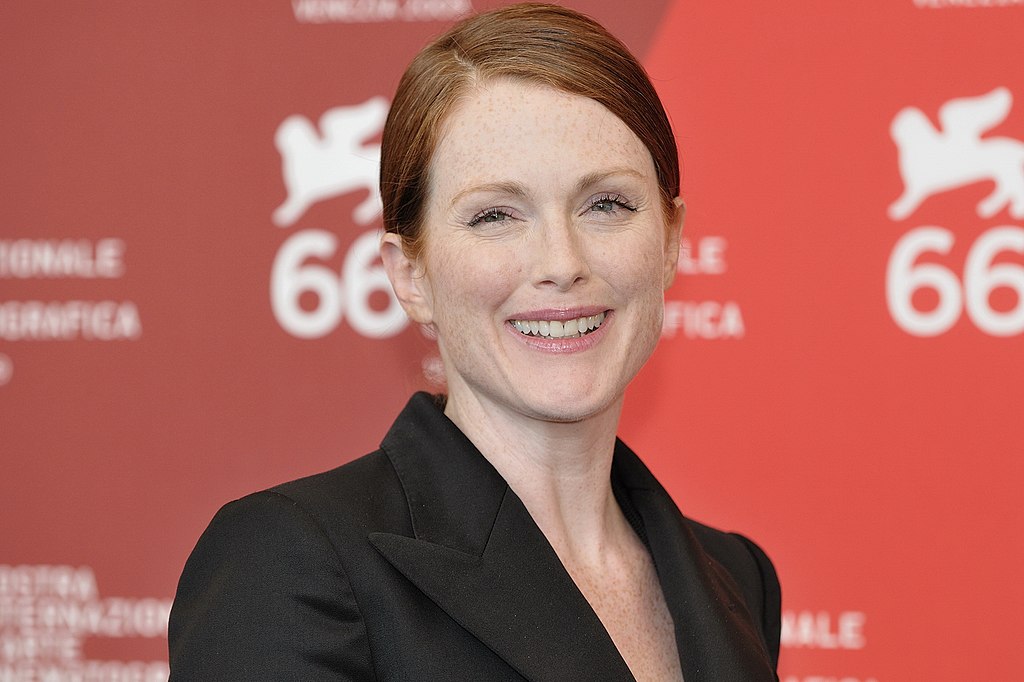
Dr. Sarah Harding, portrayed by Julianne Moore in “The Lost World: Jurassic Park,” represents a fearless behavioral paleontologist who studies living dinosaurs in their habitat on Isla Sorna. Her character appears significantly inspired by Dr. Daphne Bavelier, a renowned behavioral neuroscientist known for fieldwork in challenging environments, and paleontologist Dr. Karen Chin, an expert in dinosaur digestion and feeding behaviors. Harding’s approach to studying dinosaurs as living animals rather than just fossils parallels the “renaissance” in paleontological thinking championed by scientists like Dr. Jack Horner and Dr. Robert Bakker, who revolutionized views of dinosaurs as active, intelligent animals rather than sluggish reptiles. Her willingness to take physical risks for research—getting dangerously close to her subjects—reflects the real dangers faced by field paleontologists working in remote locations. Harding’s character, though fictionalized for dramatic effect, captures the evolution of paleontology from a collection-based discipline to one focused on understanding prehistoric behavior and ecology.
Dr. Sampson from “Dinosaur Train”

Dr. Scott Sampson, who appears as himself in the animated children’s show “Dinosaur Train,” represents a unique case where a real paleontologist portrays a version of himself in popular culture. In each episode, Sampson presents educational segments about the dinosaurs featured in the show, connecting fictional storytelling with accurate paleontological information. The real Dr. Sampson is a renowned dinosaur paleontologist specializing in theropods and horned dinosaurs who has led expeditions in Africa, Madagascar, and the American West. His willingness to participate in children’s programming reflects his commitment to science communication and education, following in the tradition of scientists like Dr. Robert Bakker who actively engaged with popular media to increase public interest in paleontology. Through “Dinosaur Train,” Sampson continues the important legacy of paleontologists who recognize that inspiring the next generation of scientists is as important as research itself.
Dr. Iris Chen from “Journey to the Center of the Earth” (2008)
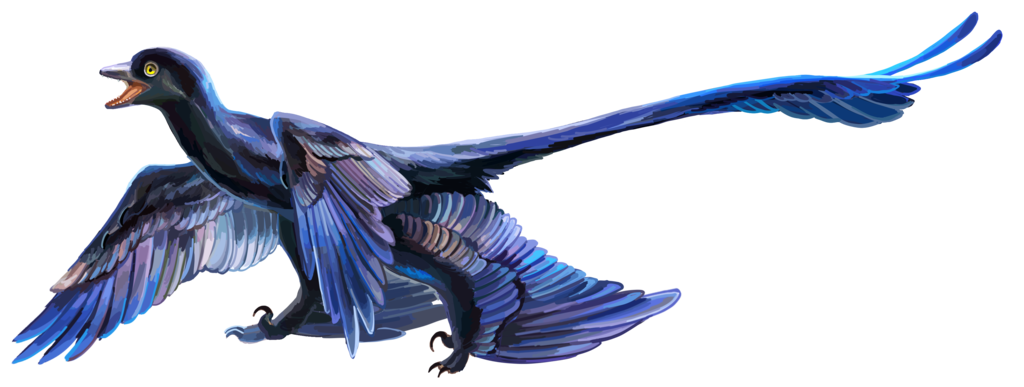
In the 2008 film adaptation of “Journey to the Center of the Earth,” Dr. Iris Chen is portrayed as a paleontologist whose research and field notes help guide the protagonists on their subterranean adventure. Her character appears inspired by real-life Chinese paleontologist Dr. Xing Xu, whose groundbreaking discoveries of feathered dinosaurs revolutionized our understanding of the dinosaur-bird connection. Like Xu, Chen’s character makes discoveries that challenge established scientific paradigms. The film’s portrayal of Chen as a meticulous note-taker whose field journals become crucial to later explorers reflects the real importance of detailed documentation in paleontological work. Throughout the history of paleontology, field notes from earlier scientists have indeed guided new generations to important discoveries, though rarely to living dinosaurs in Earth’s interior. Chen’s character, though fitting within the film’s science fiction framework, highlights the cumulative nature of paleontological knowledge, where each scientist builds upon the discoveries of those who came before.
Dr. Arliss Loveless from “Wild Wild West”
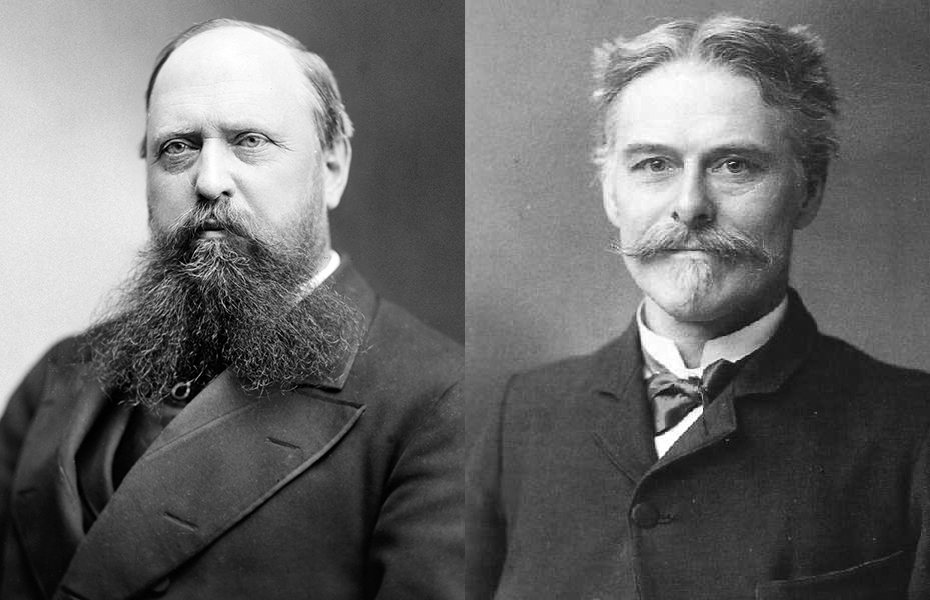
In the 1999 film “Wild Wild West,” Dr. Arliss Loveless (played by Kenneth Branagh) represents a villainous inventor who uses paleontological knowledge to create a giant mechanical spider weapon. While primarily characterized as a mad scientist, Loveless’s background includes paleontological expertise that informs his biomechanical creations. His character appears loosely inspired by early paleontologist Edward Drinker Cope, whose infamous rivalry with Othniel Charles Marsh (known as the “Bone Wars”) led to questionable ethical choices in the pursuit of dinosaur discoveries. Cope’s obsessive competitiveness and occasional scientific overreach parallel aspects of Loveless’s character, though dramatically villainized for the film. The character also reflects how early paleontologists were often self-funded individuals with varied scientific interests rather than specialized academics. Though an antagonist, Loveless represents the Victorian-era scientific polymath who merged natural history with technological innovation—an exaggerated but historically grounded character type from paleontology’s formative period.
Conclusion: Bridging Science and Fiction
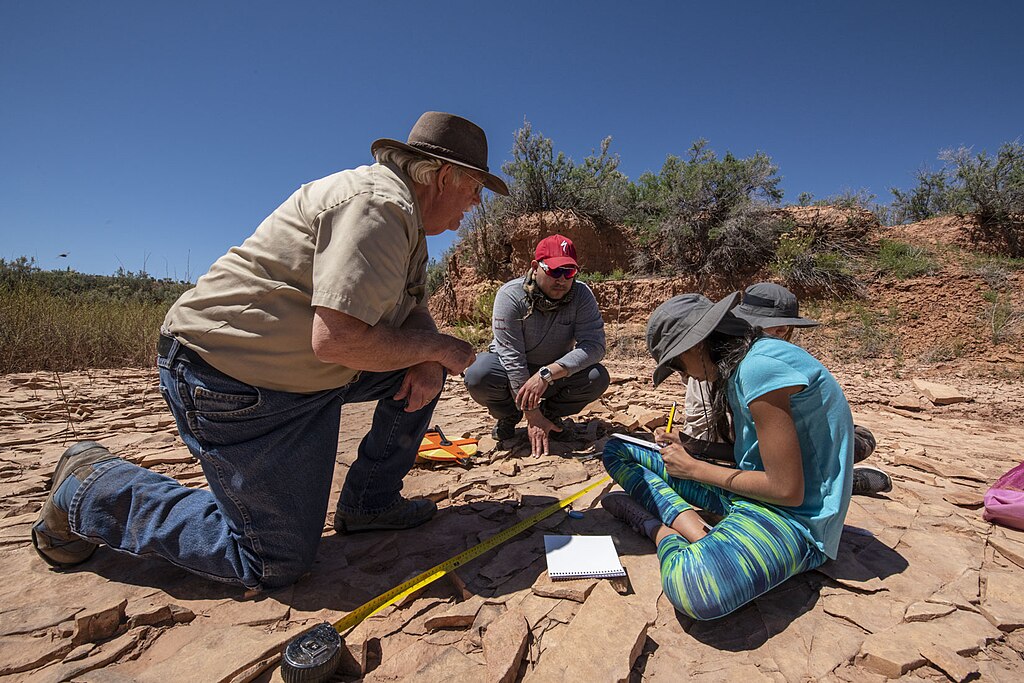
These twelve popular culture portrayals of paleontologists demonstrate how scientific reality inspires fiction, while fictional depictions in turn influence public perception of paleontology. From the meticulous methodology of Dr. Alan Grant to the passionate educational approach of Dr. Scott Sampson, these characters capture different aspects of real paleontological work while often dramatizing the profession for entertainment. The real scientists who inspired these characters—pioneers like Jack Horner, Mary Anning, and Martin Lockley—have made contributions that are often more impressive than their fictional counterparts’ adventures. By examining these connections between pop culture paleontologists and their real-world inspirations, we gain appreciation for both the creative storytelling that brings ancient life into our entertainment and the dedicated scientific work that continues to unveil Earth’s fascinating prehistoric past. As paleontology advances with new technologies and methodologies, we can expect future fictional portrayals to evolve as well, continuing this productive relationship between science and imagination.



